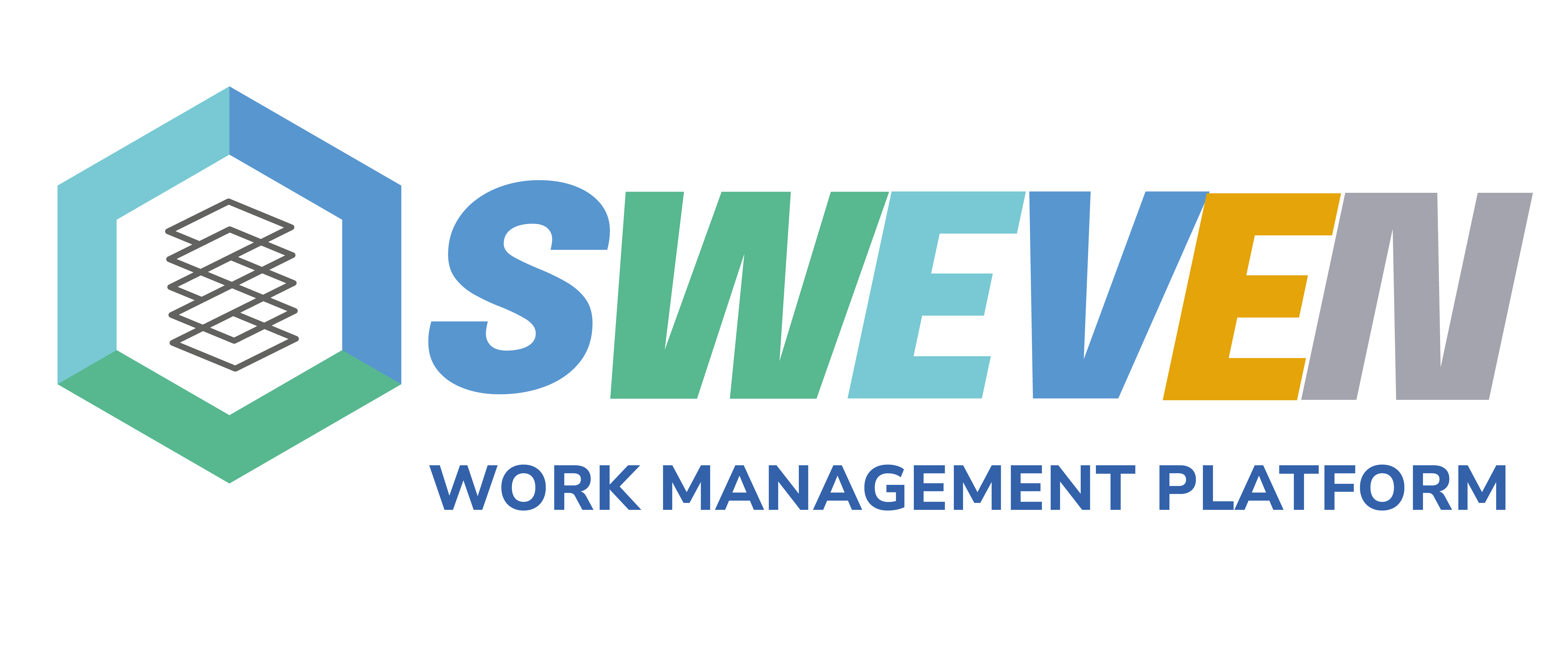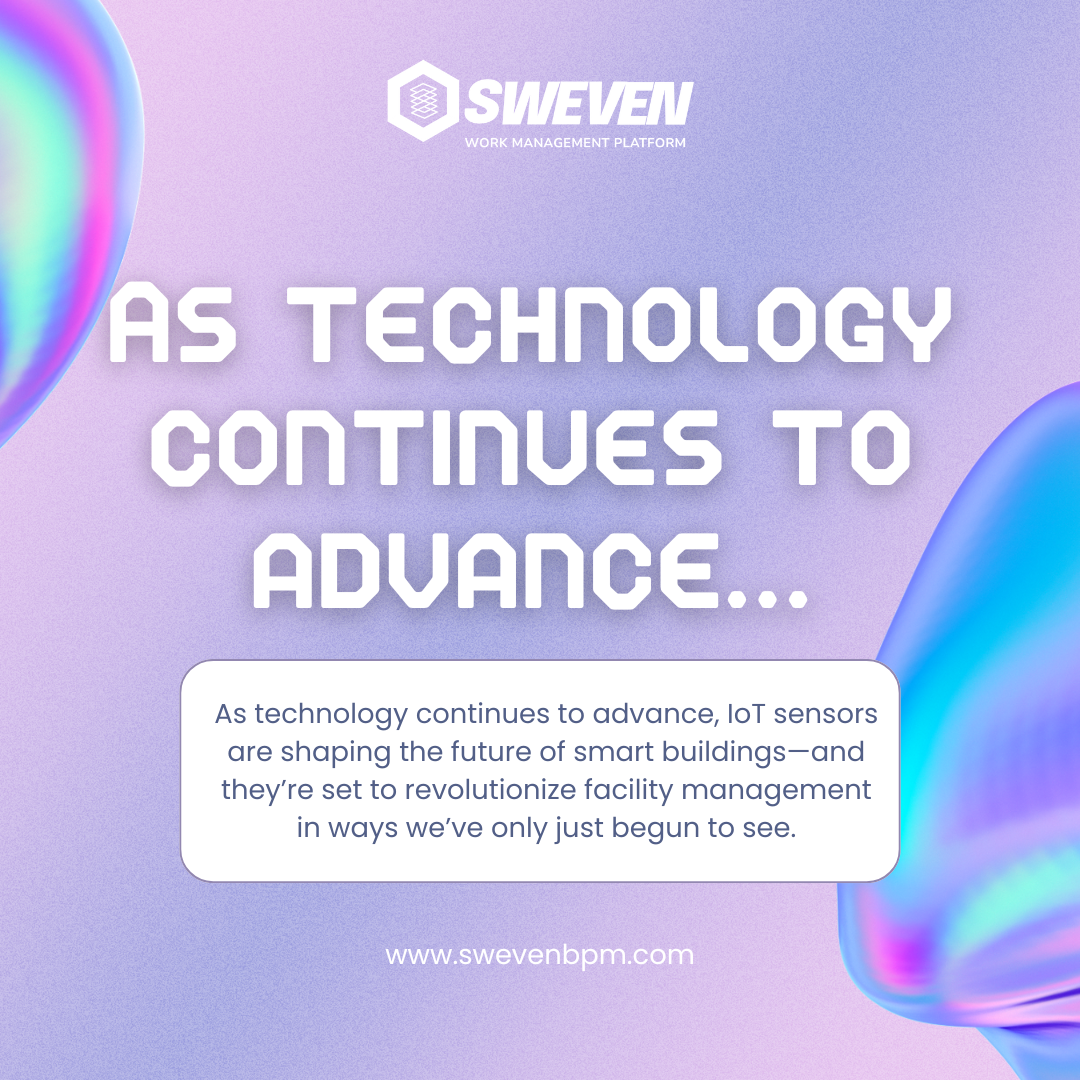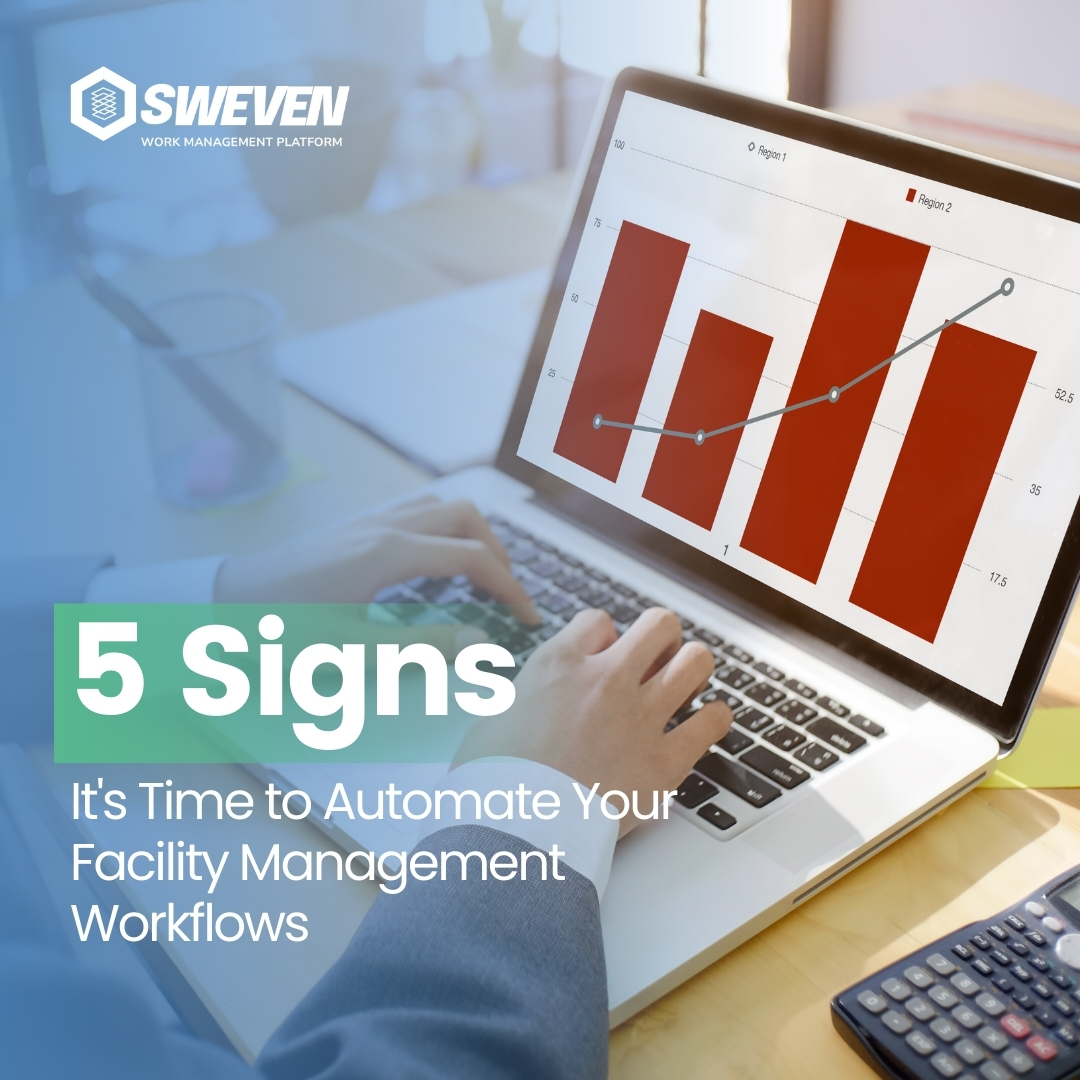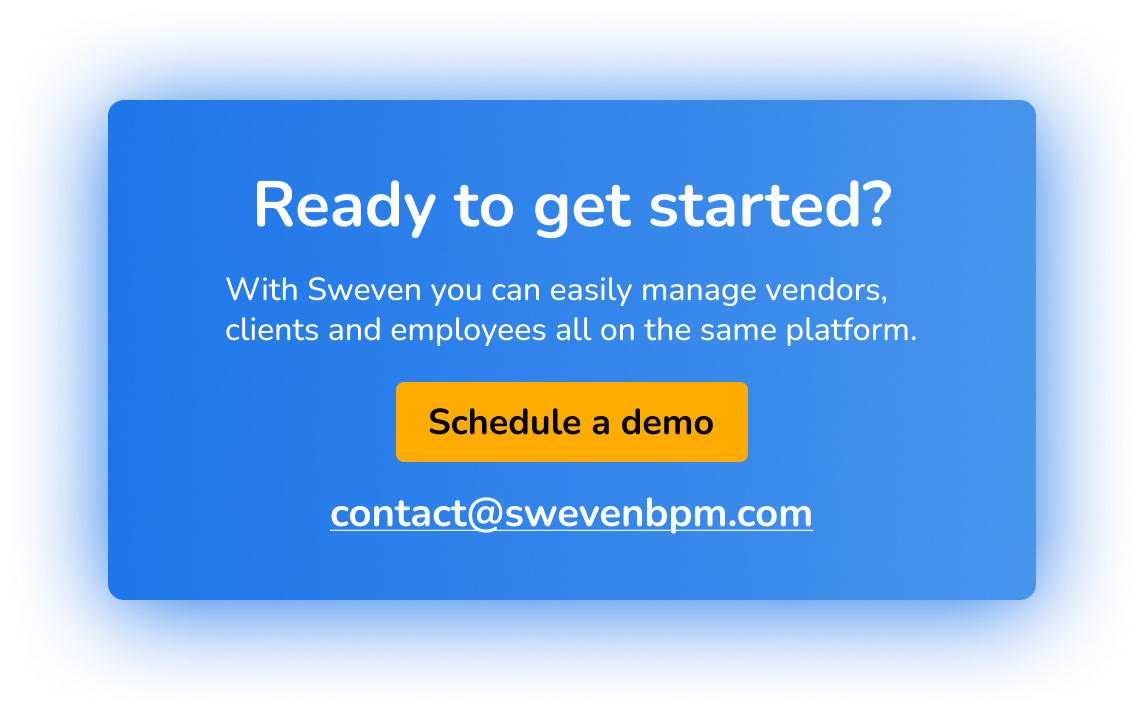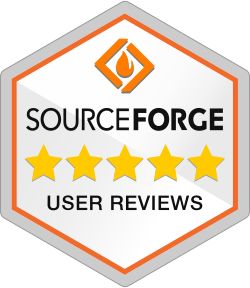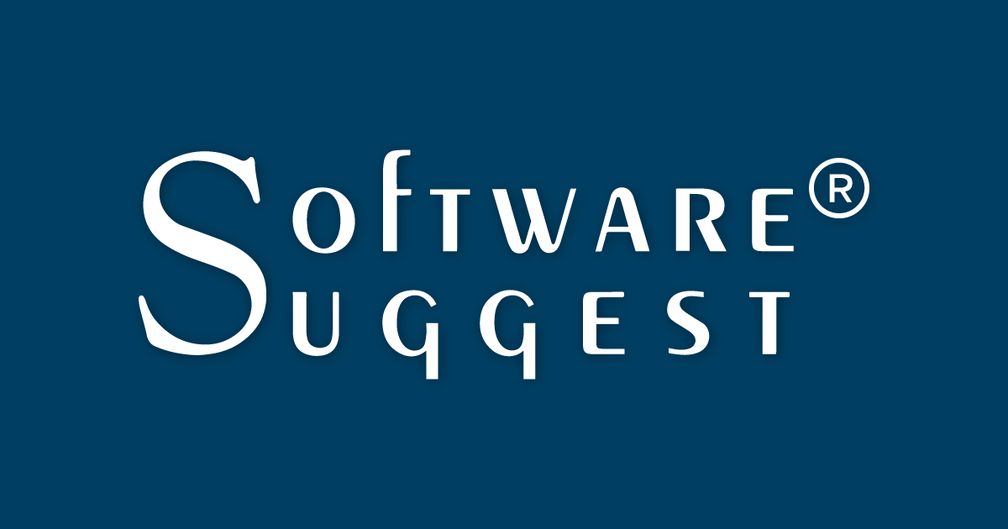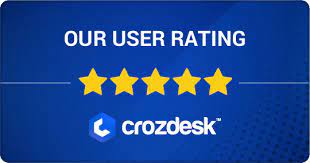
Introduction
In today’s rapidly evolving technological landscape, businesses often face the challenge of integrating new technologies with their existing legacy systems. These integration issues can hinder operational efficiency, limit scalability, and increase costs. This blog explores the common pain points associated with legacy system integration and presents interoperable technology solutions as a viable strategy to overcome these challenges.
The Problem: Integration Issues with Legacy Systems
Legacy systems, which are outdated computing systems or software still in use, often pose several integration challenges:
1. Incompatibility: Legacy systems were often built on older technologies that are not compatible with modern applications and platforms. This makes it difficult to integrate new technologies seamlessly.
2. Data Silos: Legacy systems can create data silos, where information is isolated and not easily accessible across the organization. This lack of data integration can impede decision-making and operational efficiency.
3. High Maintenance Costs: Maintaining and supporting legacy systems can be costly. As technology advances, finding skilled personnel to manage and integrate these old systems becomes increasingly difficult and expensive.
4. Limited Scalability: Legacy systems often lack the flexibility and scalability required to support business growth and adapt to changing market conditions.
5. Security Risks: Older systems may not have the robust security features needed to protect against modern cyber threats, making them vulnerable to attacks.
6. Performance Issues: Legacy systems may struggle to handle the increased data load and processing demands of contemporary business operations, leading to performance bottlenecks.
The Solution: Utilizing Interoperable Technology Solutions

Interoperable technology solutions are designed to work seamlessly with different systems and platforms, making them ideal for integrating legacy systems with new technologies. Here’s how interoperable technology solutions can address legacy system integration issues:
Interoperability and Compatibility
1. Middleware: Middleware acts as a bridge between legacy systems and new applications, enabling them to communicate and share data. It facilitates interoperability by translating data formats and protocols between different systems.
2. APIs (Application Programming Interfaces): APIs allow different software applications to interact with each other. By creating APIs for legacy systems, businesses can enable new applications to access and utilize data from these older systems.
3. Data Integration Platforms: These platforms aggregate data from various sources, including legacy systems, and present it in a unified view. This eliminates data silos and ensures that information is accessible across the organization.
Enhancing Flexibility and Scalability
1. Cloud Integration: Integrating legacy systems with cloud platforms can enhance scalability and flexibility. Cloud-based solutions offer scalable resources that can be adjusted based on demand, ensuring that legacy systems can support business growth.
2. Microservices Architecture: This architectural style structures applications as a collection of loosely coupled services. Implementing microservices can gradually replace legacy system components, making the overall system more flexible and scalable.
Improving Security and Performance
1. Security Layers: Adding security layers to legacy systems can protect against cyber threats. This includes implementing firewalls, encryption, and regular security audits to ensure that legacy systems meet modern security standards.
2. Performance Optimization Tools: Tools and techniques such as load balancing, caching, and data compression can enhance the performance of legacy systems, ensuring they can handle contemporary operational demands.
Implementing Interoperable Technology Solutions
Successfully implementing interoperable technology solutions requires a strategic approach:
1. Assessment and Planning: Conduct a thorough assessment of your existing legacy systems to identify integration challenges and opportunities. Develop a detailed plan that outlines objectives, timelines, and resources required.
2. Selecting the Right Solutions: Choose interoperable technology solutions that align with your business needs and technical requirements. Consider factors such as compatibility, scalability, security, and cost.
3. Pilot Testing: Start with a pilot project to test the interoperability solutions with your legacy systems. This allows you to identify and address any issues before full-scale implementation.
4. Full-Scale Implementation: Once the pilot testing is successful, roll out the interoperable technology solutions across all relevant systems. Ensure that the implementation is phased to minimize disruption.
5. Training and Support: Provide training to your IT staff and other relevant personnel on how to use the new solutions effectively. Ongoing support and maintenance are crucial to ensure long-term success.
6. Continuous Monitoring and Improvement: Regularly monitor the performance of the integrated systems and make necessary adjustments. Stay updated with technological advancements to continuously improve interoperability and efficiency.

Conclusion
Integration issues with legacy systems can significantly impact a business’s operational efficiency, scalability, and security. Utilizing interoperable technology solutions offers a practical and effective way to overcome these challenges. By leveraging middleware, APIs, data integration platforms, and other interoperable tools, businesses can ensure seamless integration of legacy systems with modern technologies. This not only enhances operational efficiency but also supports business growth and adaptation to changing market conditions.
Call to Action
Are you ready to overcome integration challenges with your legacy systems? Contact us today to learn more about our interoperable technology solutions and how they can benefit your business. Let us help you achieve seamless integration and unlock the full potential of your IT infrastructure.
